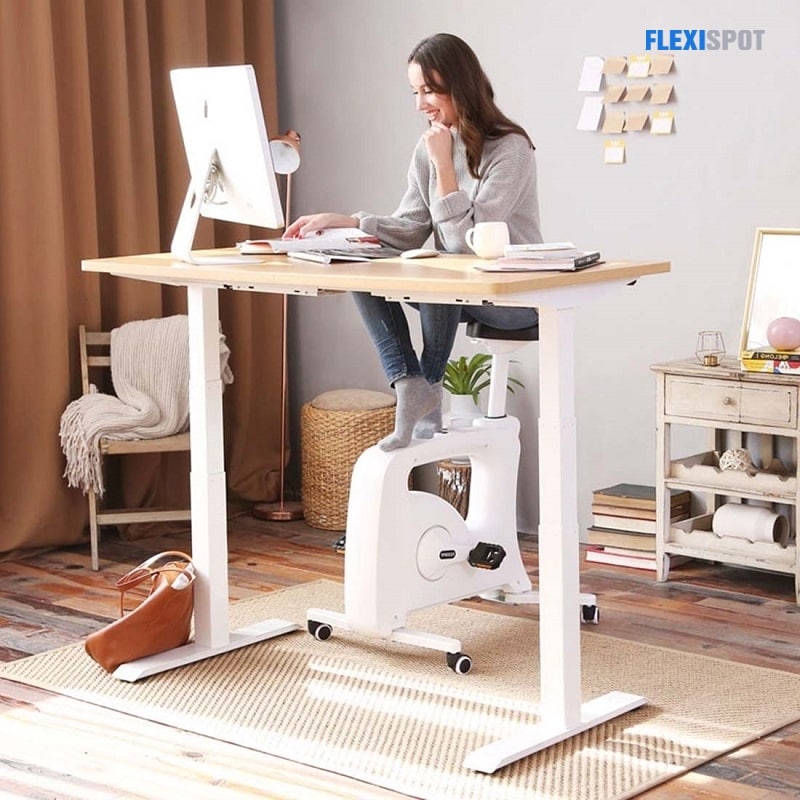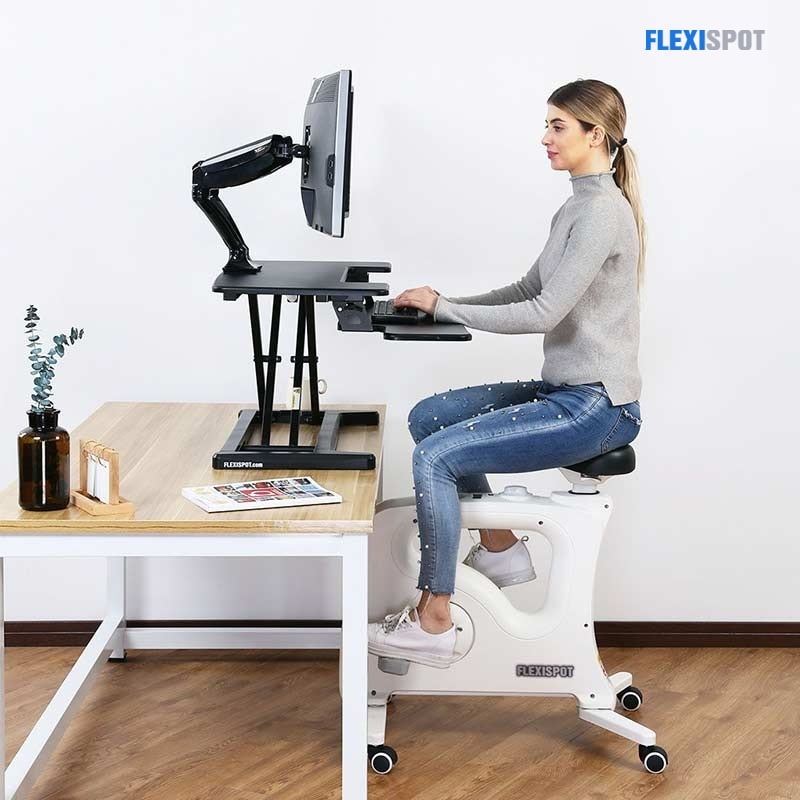We’ve seen ergonomics in one too many furniture catalogues but do we really understand what the word means? What exactly does it mean when a chair is ergonomic? What makes a table ergonomic? How is ergonomics related to workflow productivity?
In etymology, ergonomics is derived from the Greek word “ergon” which means “work,” and “nomos” which means “natural laws.” Combined, it is the “laws of work” and was first coined by Polish scholar Wojciech Jastrzębowski in 1857 for his book entitled “An Outline of Ergonomics, or The Science of Work.”
But early records of ergonomics exist way before that. The Center for Occupational and Environmental Health shared a timeline of ergonomics throughout history. As early as 400 BC or the Ancient Greek civilization, humans have already been designing chairs with contoured backrests and adjustable armrests—drawings found from that time serve as proof. Even Hippocrates, from 460 BC to 375 BC, talked about thoughtful design to improve workplace efficiency.
In the 1890s, Frederick Winslow Taylor analyzed workflow through measuring units of work and time. In the 1900s, Lilian and Frank Gilbreth wanted to reduce the number of movements to finish a task so they made use of “Time and Motion Studies.” During WW1, the focus was on aircraft design and how it affected the pilot. During WWII, weapons were designed to maximize human capability.
In 1949, a group of physiologists and psychologists in the United Kingdom made up the Ergonomics Research Society now known as the Chartered Institute of Ergonomics and Human Factors. In 1957, the Human Factors and Ergonomics Society followed in the United States. In the 1970s, the rise of computers and software paved the way for the need for cognitive ergonomics. When computers boomed in the 80s up to now, ergonomics became an answer to make workspaces more functional and comfortable for their employees.
What is Ergonomics Today?
The International Ergonomics Association (IEA) defines ergonomics or human factors as the scientific discipline concerned with the understanding of interactions among humans and other elements of a system, and the profession that applies theory, principles, data, and methods to design to optimize human well-being and overall system performance.
It is a multi-disciplinary, user-centric integrating science that encompasses designing systems for different economic sectors, industries, or application fields. As a practice, it should address issues involving cognitive factors (perception, memory, reasoning, etc), physical factors (human anatomy, physiology, anthropometrics), and organizational factors (participation, cooperation, socio-technical systems).
The IEA lists these as essential core values of ergonomics or human factors: humans as assets, technology as a tool to assist humans, promotion of quality of life, respect for individual differences, and responsibility to all stakeholders.
Benefits of Ergonomics in the Workplace
An ergonomic workplace promotes overall better health for its employees. There is less tension in the body, from minimizing eye strain to alleviating neck pain and responding to the swelling of legs, the body’s blood circulation will be at its optimal.
When physical distractions are addressed, the mind becomes more capable to function and think. Employees will be more focused, less stressed, and more upbeat, and motivated to work. Productivity will be at a high when workers are focused on their tasks. Not only will they finish more tasks on time, but they would also be able to deliver better quality of work.
Ergonomics can also save money for the company and individuals in the long run. Daily hazards can be avoided because of ergonomic solutions put into place.
Ergonomics During the Pandemic
Ergonomics even became more popular when COVID-19 hit and the world’s operations were put to a halt. Companies sent their employees home and devised work-from-home set-ups. With remote work at its infancy for most industries, many employees struggled to blur the lines between work and rest, affecting work efficiency.
Ergonomics was of course tapped to help maintain work efficiency and productivity even in a work-from-home set-up. The workplace had to fit the user’s needs to reduce discomfort and physical pain and improve efficiency and productivity in general.
Flexispot Offers Ergonomic Options
A leading provider for ergonomic furniture, Flexispot boasts of a catalogue that redefines health, love, and care in a workplace.
With its 20 years of experience in the ergonomics industry, the company has helped over 10 million people avoid spine health problems and more than 1000 enterprises have used Flexispot to facilitate employees.
The brand has height adjustable standing desks to help workers inject movement in what would otherwise be a sedentary routine, easily shifting from standing to sitting positions throughout the day. The standing desk converters upgrade a workstation in an instant—transforming regular desks and encouraging sitting and standing while working throughout the day.
If you’re looking for a good quality desk bike, Flexispot has three fitness chair options that help the mind stay productive and the body is active. Of course, Flexispot also carries ergonomic office and gaming chairs that provide premium sitting experiences for its users—addressing neck, back, arm, and leg pain. If standing, the company has anti-fatigue mats to promote healthy blood circulation and get rid of tired feet.
It’s a one-stop shop for any company or an individual employee wanting to make use of ergonomics to be more efficient and productive in the workplace. Some products may come with a hefty price tag for most people but the investment is worth it---paying with a better quality of life that allows for a more balanced work and social life dynamic. After all, Flexispot products are made to last with their durability guaranteed for years before wearing out. Most clients come back not to replace the Flexispot items they already have in their workspaces but to buy more items under a different category for more ergonomic solutions.
Final Thoughts
Ergonomics is not a marketing ploy to lure potential customers into changing the furniture they already have. It’s a science of its own that makes use of other disciplines to understand the human body more and utilize its full potential, all while having comfort, convenience, and good health in mind.

